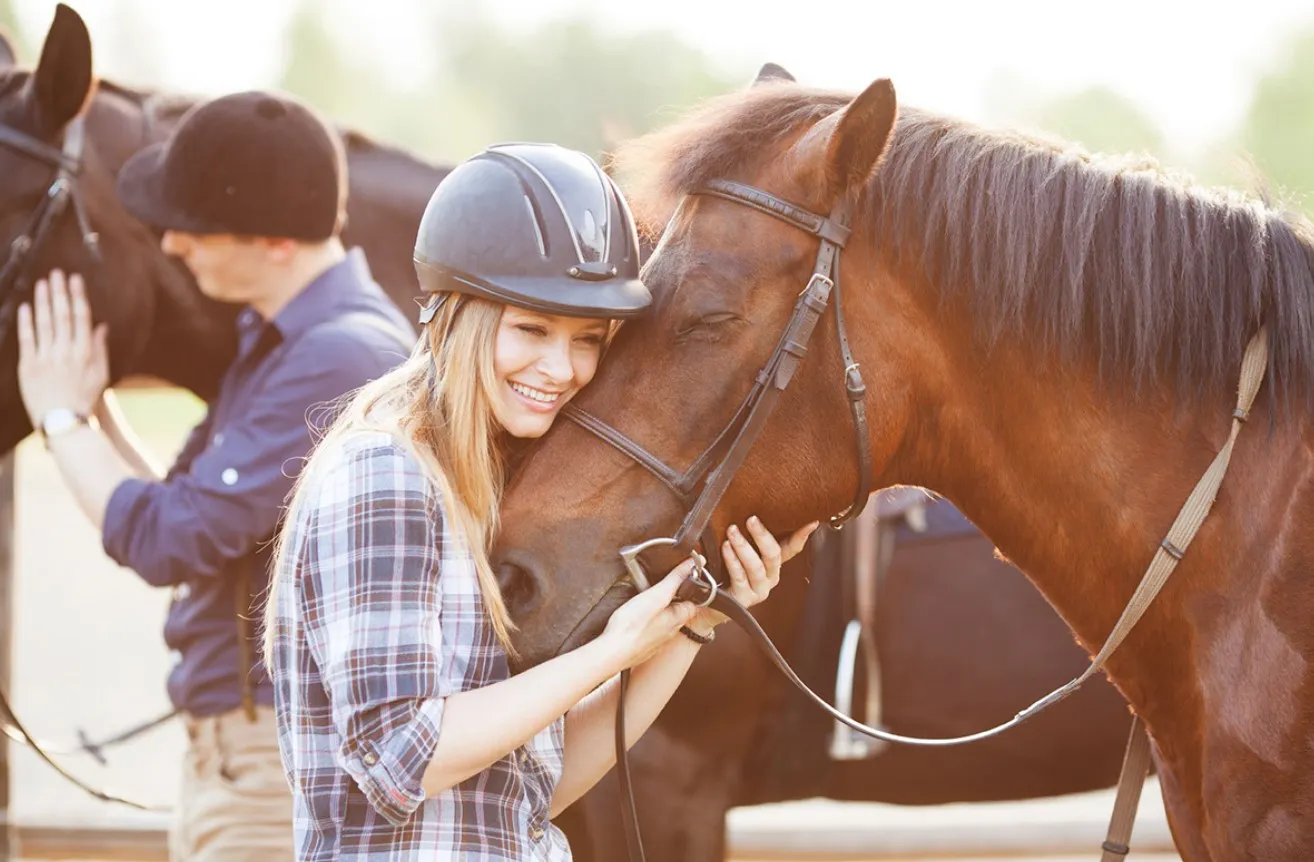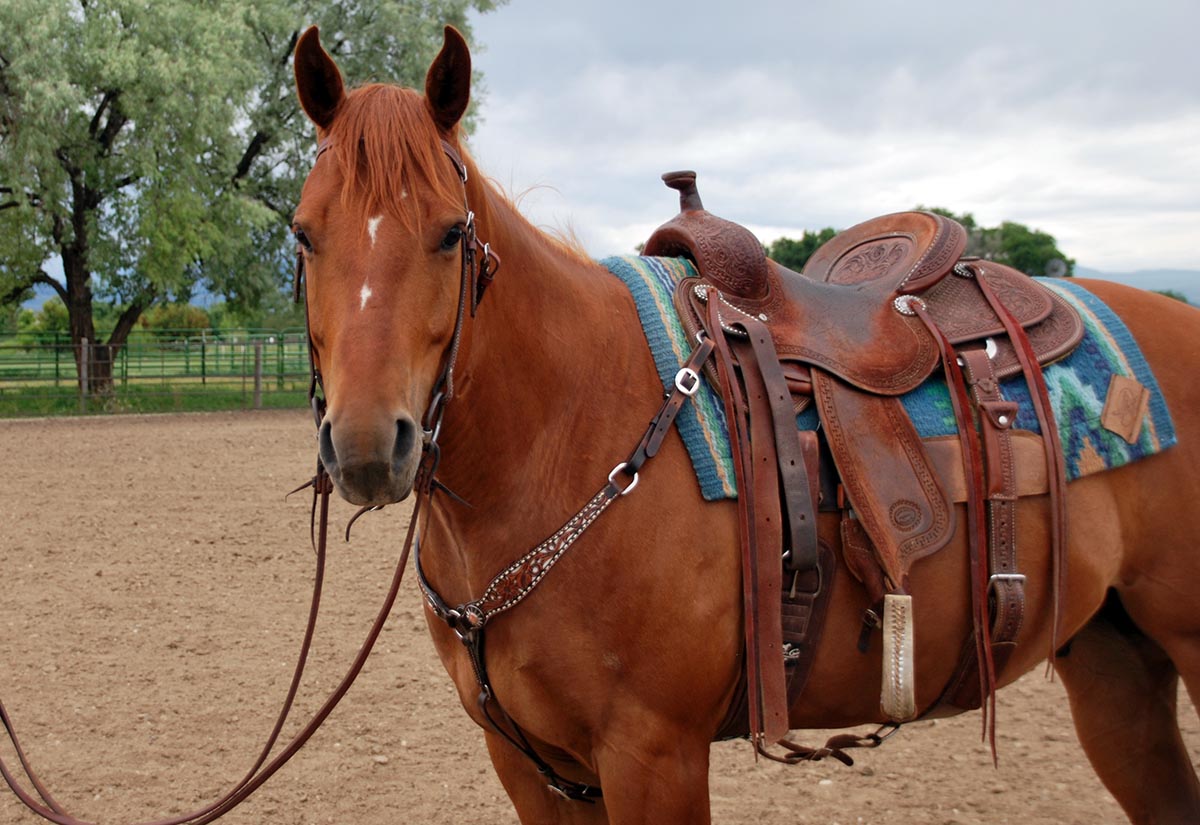For many riders, finding effective ways on how to slow a horse down without pulling on reins is essential for maintaining a harmonious connection. Horses are sensitive creatures that respond to the energy and cues of their riders. Using reins can sometimes create unnecessary tension. Therefore, learning alternative methods is crucial.
Understanding your horse’s signals and using them reciprocally allows for a more rewarding riding experience. Riders who rely on their emotional and physical demeanor can often see improvements, making the relationship with their horse much more gratifying.

Body Awareness
Body awareness is paramount when riding. Having a stable seat and controlled positioning can influence your horses pace. Subtle shifts can help command them naturally. Techniques like weight distribution and the use of your core muscles play significant roles.
Understanding Horse Behavior
Knowing your horse’s natural inclinations can assist in slowing them down. Recognizing signs like ear position and body language forms a good foundation. Such understanding is crucial, allowing you to anticipate how a horse might react.
Use of Voice Cues
One of the most effective tools is voice commands. Implementing consistent vocal instructions encourages horses to respond calmly. Using simple cues like ‘whoa’ or calming tones can make a significant difference.
Benefits of Groundwork
Groundwork exercises can foster a deeper connection and mutual respect between you and your horse. Regular exercises with on-ground cues condition horses to understand body language inherently, making rides smoother.
Check out some groundwork exercises to deepen your connection with your horse.
Implementing Half Halts
Half halts subtly transition speeds without direct physical force. Used correctly, they remind horses to focus and adjust their pace seamlessly. Half halts involve briefly engaging your core while making minimal rein adjustments.
Balancing Rein and Core
Employ a balance of light rein actions and strong core engagement. This equilibrium provides finesse in communication, prompting a horse to slow almost instinctively. Refining muscle memory in these techniques fosters better responses.
Practicing Patience and Consistency
Consistency in cues builds trust over time. Patience, alongside consistent training, solidifies behaviors where needing to pull on reins becomes less frequent. Emphasizing good habits rewards both horse and rider.
Seeking Professional Guidance
Consulting with an expert can provide customized advice for advanced riders or beginners. They offer tailored feedback on improving horse management techniques. Professional training resources also identify specific areas for improvement.
Building Trust with Your Horse
Trust between rider and horse stands as the core of effective communication. Developing this trust through routine and positive reinforcement is helpful for novices and seasoned riders. Consistent, gentle correction nurtures this trust naturally.
Additional Riding Gear Tips
Having the right gear contributes to a smoother ride. Essential riding gear items can enhance the riding experience, providing comfort and safety for both horse and rider.
Addressing Common Mistakes
Evaluating common riding mistakes helps to refine skills further. Identifying habits like over-reliance on the reins offers avenues for growth. Acknowledging these limits advances your overall riding proficiency.
Developing Patience
Creating a thriving atmosphere involves a patient attitude. While progress may seem slow initially, consistent practice nursing small victories adds up. Prioritizing patience yields long-term achievements.
Conclusion
Mastering how to slow a horse down without pulling on reins emphasizes the beauty of equestrian discipline. Through improved body cues, voice commands, and patience, both horses and riders can enjoy fulfilling outings. The art of riding continually evolves through this non-verbal dialog, proving rewarding for all involved parties.
Find More Information
For additional insights, visit preventing injuries in horseback riding for essential safety guidelines.

FAQs
What are the key techniques to slow a horse?
Key techniques include body positioning, voice commands, and groundwork exercises.
Why is pulling on reins not advisable?
Frequent pulling can create tension, impacting trust and responsiveness.
How do I improve communication with a horse?
Focus on body awareness, consistency, and seeking expert guidance to enhance interaction.






